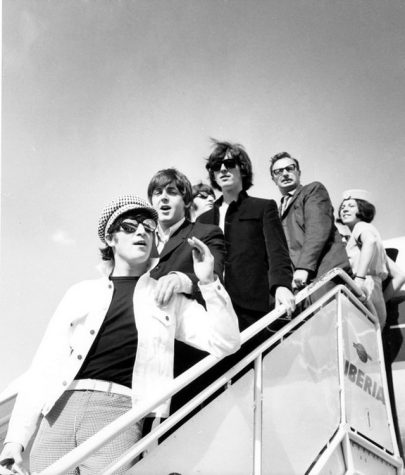Facts about Venus

October 19, 2018
Photo Courtesy of Wikipedia
Venus is the second brightest natural object in the sky.
The planet has a magnitude of brightness of -3.8 to -4.6, which makes it visible on a clear day. The Moon is the only other object that is brighter.
Venus is sometimes referred to as the “morning star” and “evening star”.
This dates back to ancient Grease and Rome who believed that Venus was in fact two different stars. When the orbit of Venus passes Earth’s orbit, it changes from being visible at sunrise to being visible at sunset. They were known as Phosphorus and Hesperus by the Greeks, and Lucifer and Vesper by the Romans.
One day on Venus is longer than one year.
Due to the slow rotation on its axis, it takes 243 days to complete one rotation. The orbit of the planet takes 225 days making a year on Venus shorter then one day on Venus.
Venus is named after the Roman goddess of love and beauty.
This is because of the brightness of the planet and may date back to the Babylonians who referred to Venus as “bright queen of the sky”.
Venus is sometimes called Earth’s sister planet.
This is because their size is very similar, They are also similarly located with Venus being the closest planet to Earth. Both planets also have a molten core and a molten mantle and a crust.
Billions of years ago, the climate of Venus may been similar to that of Earth.
Scientists believe that Venus once had oceans. This water boiled off long ago due to a run away green house effect, and the surface of the planet is now too hot and Toxic to sustain life.
Venus rotate in the opposite direction to other planets.
Most other planets rotate counter-clockwise, however Venus, like Uranus, rotates clockwise. This may have been caused by a collision with an asteroid or other object which caused the planet to change its rotation.
Venus is the hottest planet in the solar system with an average surface temperature of 863°F.
Also, Venus doesn’t tilt on its axis which means there are no seasons. The atmosphere is dense and is primarily CO2 which traps heat.
The atmospheric pressure of Venus is 92 times stronger than Earth’s.
This means that any asteroids entering the atmosphere are crushed by the immense pressure, which is why there are no small surface craters on the planet.
Venus orbits the sun in an ellipse, but its orbit is the closest to being a circle out of all the planets in the Solar System.
Venus is the closest planet to Earth.
When Venus is in line with Earth and the Sun, it is the closest planet to us, at an average distance of 25.5 million miles away.







